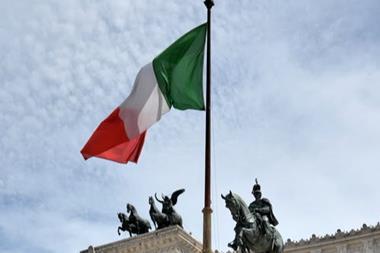Denmark’s Lønmodtagernes Dyrtidsfond (LD) has reduced the risk level in its investment portfolio because of concerns that securities prices could weaken following an extended bull run.
In an interview with IPE, the DKK42.8bn (€5.7bn) pension fund’s new CFO Charlotte Mark said: “We think that there is some basis to be a bit more cautious, and we have taken down the risk a little because of very low volatility and very high valuations.”
LD’s board approved a proposal to reduce the risk level in its strategic benchmarks for 2018, and changes were being made to implement this, she said.
“The economic situation is still sound, but we are worried that it might not take a lot of shock to the markets to actually produce some big movements,” said Mark, who moved to LD in September from labour-market pension fund Sampension.
So far this year, LD has reduced exposure to equities in its overall portfolio, and made other adjustments such as moving some assets out of high-yield bonds and into emerging market debt.
“We’ve also been increasing the allocation to alternative credit, and that’s something that takes time, so we can’t do that at once,” Mark said.
Last year had proved to be a very good period for LD’s investments, she said, largely because markets performed so well.
“This was unexpected to the extent that we all thought that everything was already quite expensive, so now we do think it is particularly pricy,” she said.
In September 2017, LD said it was expanding its allocation to alternatives via a DKK1.1bn alternative credit mandate it awarded to US asset management firm Apollo.
LD is a non-contributory pension fund that manages remaining cost-of-living allowances that were granted to Danish employees in the 1970s.
While its assets are gradually diminishing, the fund has recently been given the new task of managing holiday allowances as result of a change in the law – a mandate which will extend over the next few decades and bring inflows of at least DKK10bn.











No comments yet